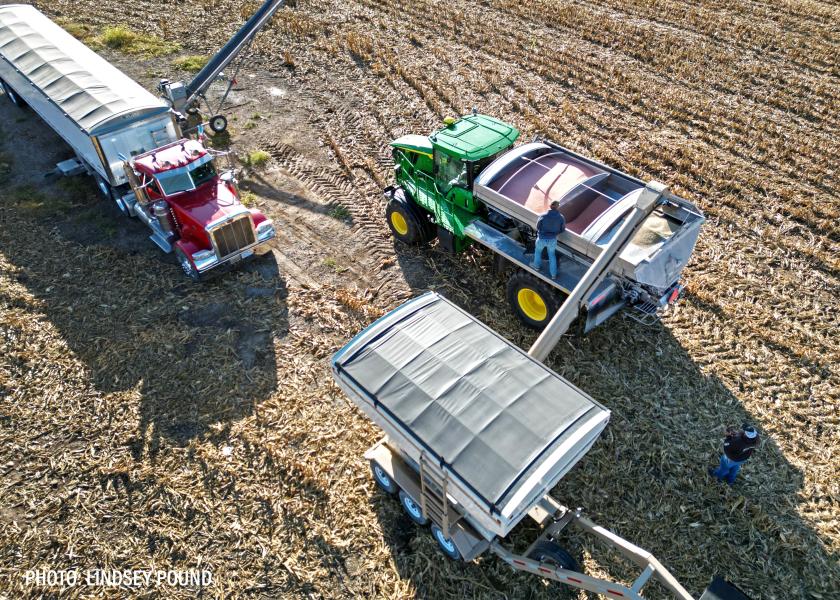Phosphate Fertilizer: There’s a Lot of Risk in The System

Josh Linville, director of fertilizer at StoneX, says a productive fall fertilizer application season has left warehouse bins relatively low on volume.
“It sounds like everybody had a really good fall run,” Linville says. “Mother Nature did a solid this year where everybody got out there, got their stuff done, and got a lot of fertilizer in the rearview mirror.”
But despite the early November news on phosphate countervailing duties—notably Moroccan duties reduced from 19.97% to 2.12%, he doesn’t see a surge of supply coming into the U.S.
One Russian company was importing into the U.S. market, PhosAgro, but its countervailing duties increased from 9.19% to 28.50%.
“We can effectively say Russia's shut out of the U.S. or at least not coming here in a big way,” Linville says.
Regarding the Moroccan supply, Linville isn’t optimistic their products are coming into our supply chain en masse in the near term.
“There was a lot of optimism on the Moroccan front, especially since the rate was expected to drop to 15% and it dropped close to 2%,” Linville says. “But Morocco has not come to the U.S. in a big way since the summer of 2020 when this duty was first put into place.”
Linville explains 2% is still more than 0%, and with global demand healthy, the Moroccan product has found other markets.
“2% may not be much, but when you look at product coming via the Gulf of Mexico that’s $10 to $12 a ton,” he says. “And looking from a long-term view, just as an example bringing in a half of a million tons into the U.S. marketplace after dropping to 2%, how does that make their argument look? It's in their best interest to not come here and continue to force that conversation to say, ‘2.12 is a great start. If you go just a little bit further, will start coming again.’”
In global phosphate production, China ranks No. 1, followed by the U.S., Morrocco, and Russia.
“Three of the biggest exporters of phosphate in the world have a hurdle to cross over to get to come here,” Linville says referencing China, Morocco and Russian duties.
While the trade policies are weighing on the global market, Linville says domestic logistics are the most concerning factor for Spring 2024.
“We have an empty system right now, and we have three months until the middle of March when a lot of farmers start going to the field with phosphate and potash again—that is not a long time,” he says pointing to low river levels and ongoing rail delays as key elements in moving product.
He adds: “I'm more concerned about logistics to get everything ready for spring season. I know this is a situation that we have cried wolf on so many times. I'm not going to sit say ‘oh you're just not going to go to get it,’ but my fear is farmers will have to be willing to wait and be willing to pay.”
Linville’s top takeaway from the dynamics of the phosphate market is to talk to your retailer—even if you aren’t ready to buy. He says there is not better time than the present for everyone to set expectations for spring.
“In this market, there's a lot of risk from the farm gates to the retail side. So more conversation goes along way this year,” Linville says.







